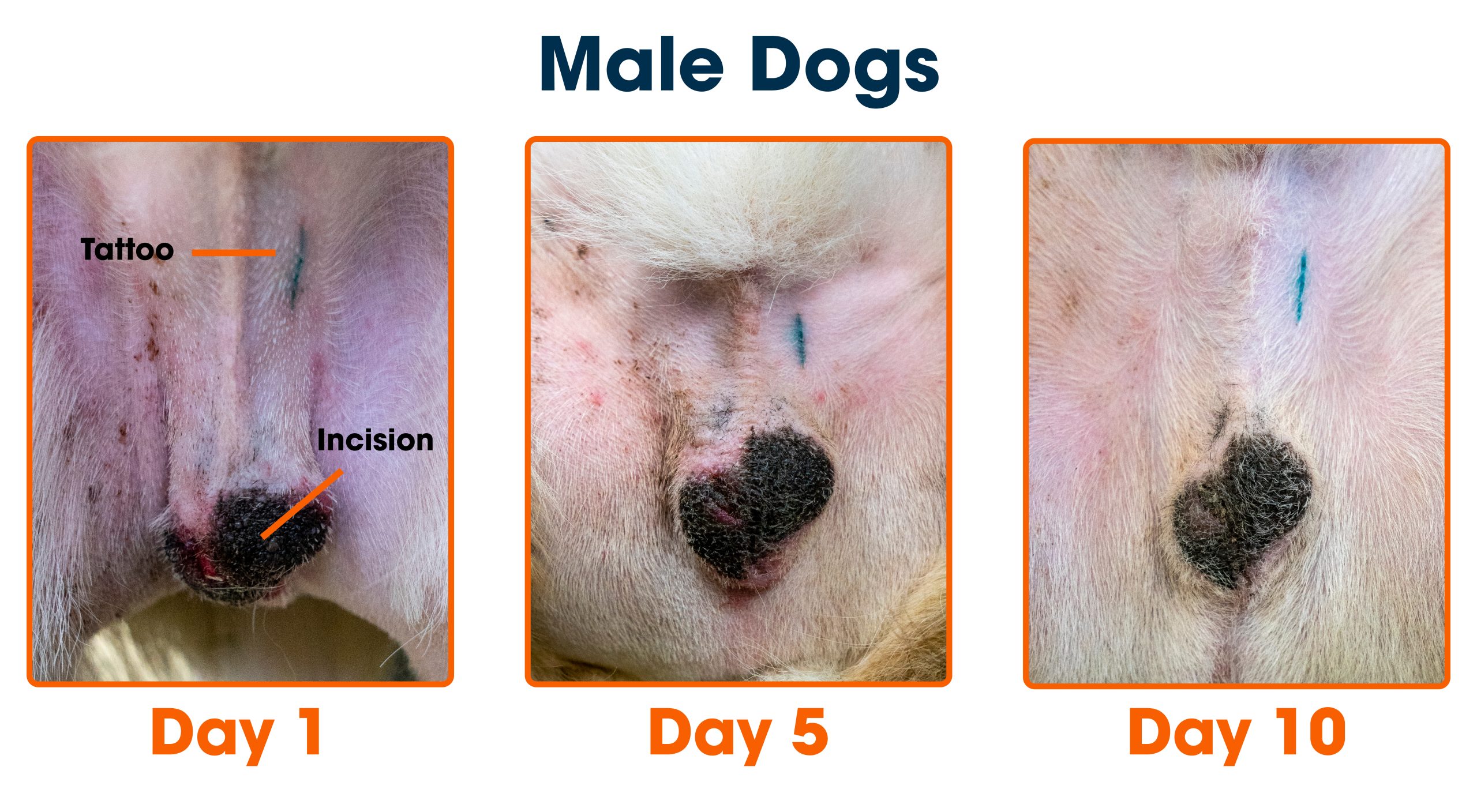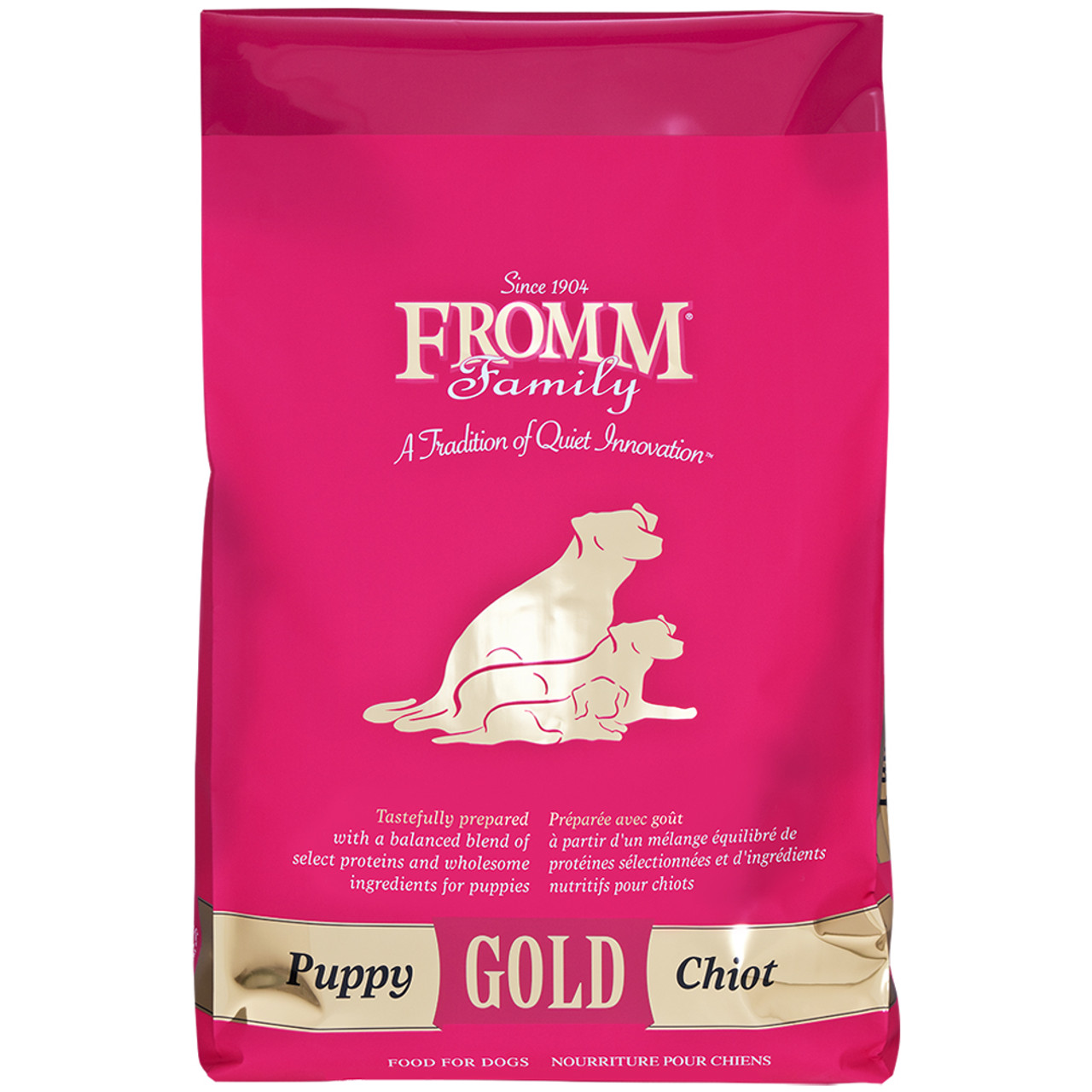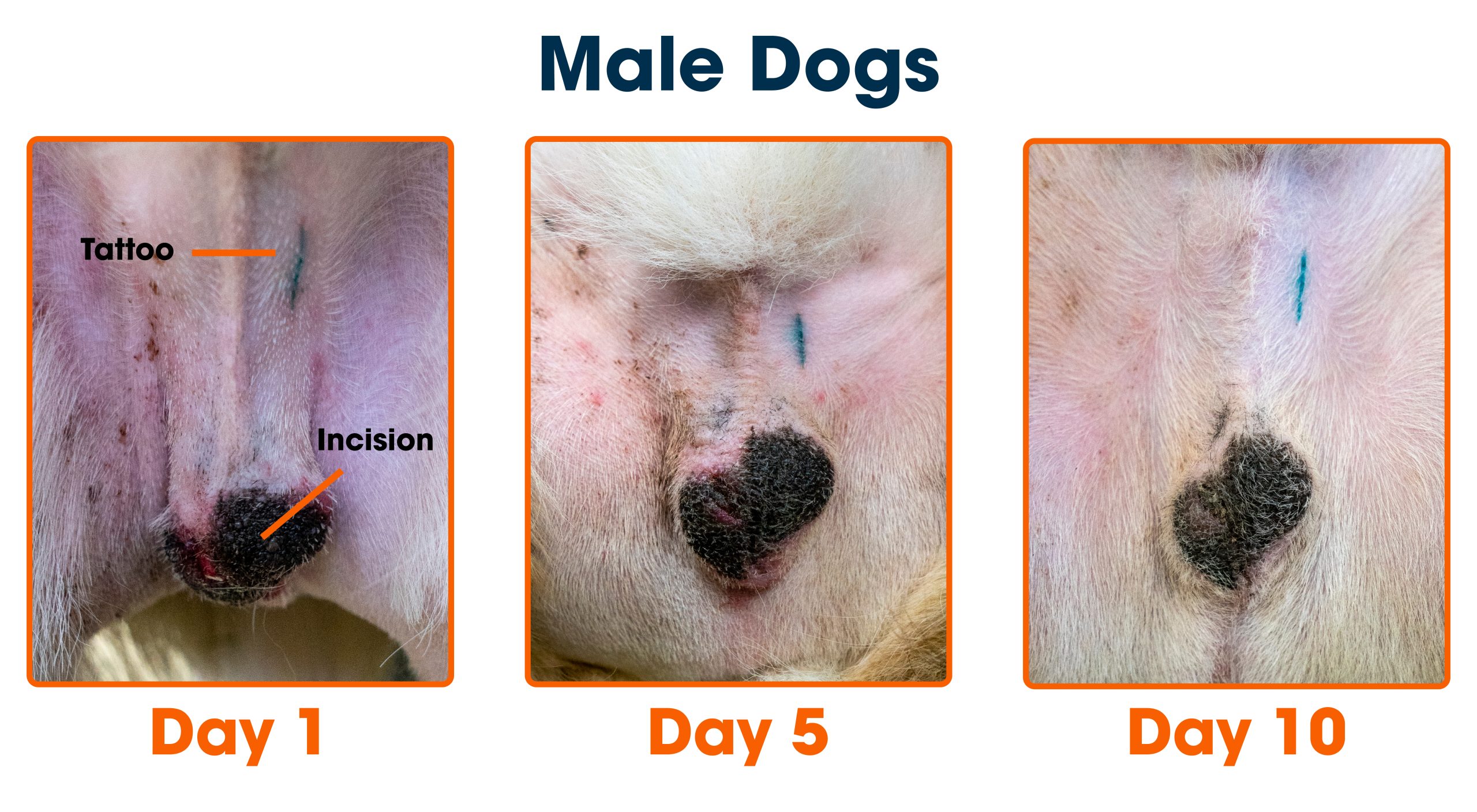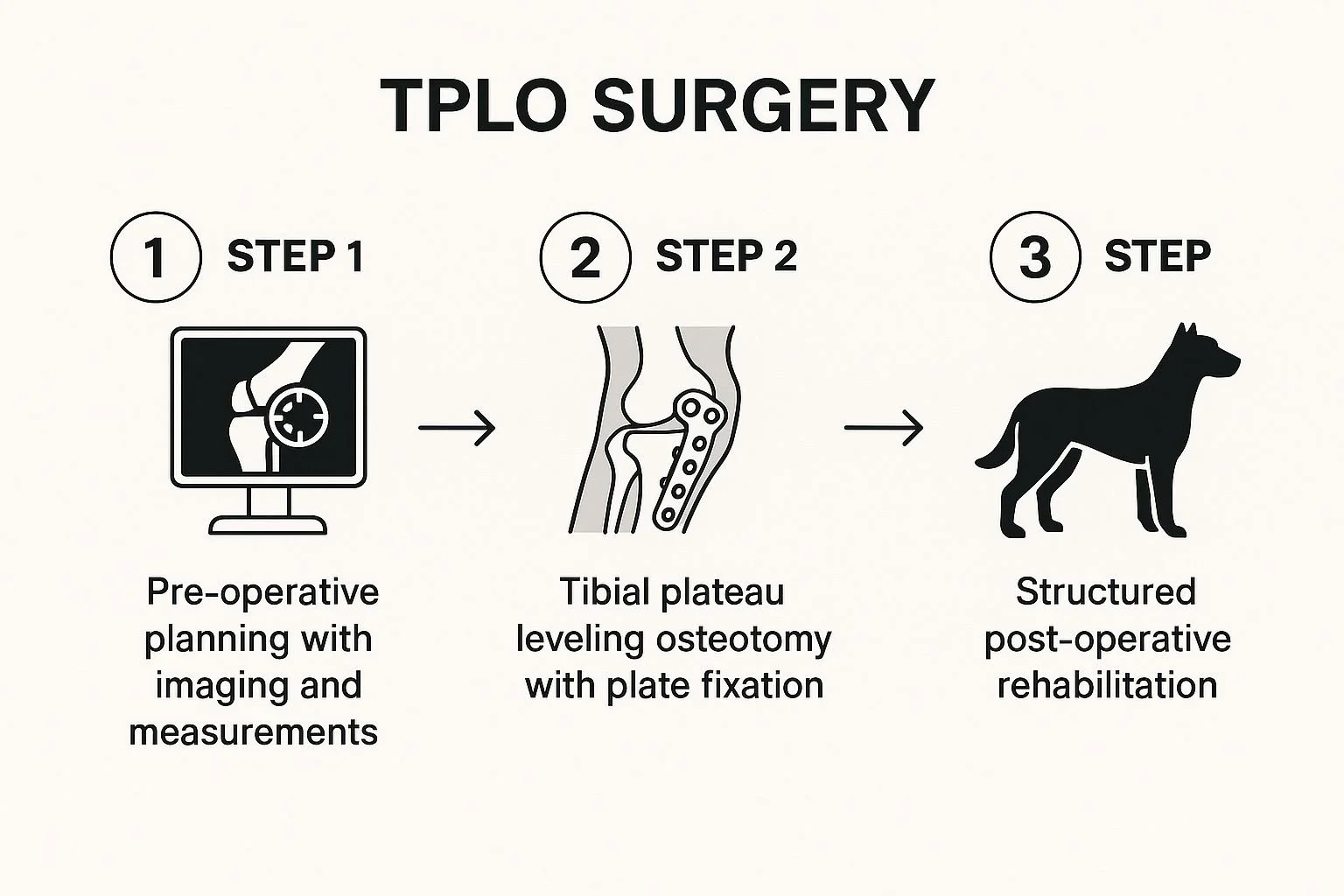Losing a dog is one of the hardest experiences you can face. When your beloved pet passes away, you might wonder, “What does the vet do with a dead dog?” It’s natural to want to know what happens next and how your furry friend will be cared for after they’re gone.
You’ll discover the steps vets take, your options for aftercare, and how to make choices that honor your dog’s memory. Keep reading to find answers that bring clarity during this difficult time.
Initial Procedures After Death
After a dog passes away, the veterinary team follows clear steps. These steps help confirm the death and prepare for the next actions. The process is handled with care and respect. It ensures accuracy and supports the pet owner during a hard time.
Confirming Time Of Death
The vet carefully checks the dog to confirm death. They look for the absence of breathing and heartbeat. They also check for fixed pupils and loss of reflexes. This helps determine the exact time the dog passed away. Accurate timing is important for medical records and owner information.
Notifying The Pet Owner
After confirmation, the vet informs the pet owner gently. They share the time of death and explain what happened. The vet listens to the owner’s feelings and answers questions. This step is important to offer support and clear information. It helps the owner start the grieving process with understanding.
Credit: www.tiktok.com
Options For Handling The Body
After a dog passes away, veterinarians provide options to handle the body with care and respect. These choices help owners decide what feels right during a difficult time. The vet’s role includes managing the body until the owner selects final arrangements. Understanding these options can ease the process and bring comfort.
In-clinic Care Of The Body
Vets keep the dog’s body in a cool, clean area to prevent decomposition. They use special refrigeration units or cool mats for this purpose. This care maintains dignity and hygiene before transfer or final rites.
Some clinics offer temporary storage for a few days. This allows owners time to make decisions without rush. Staff handle the body gently and respectfully during this period. Vets may also prepare the body for transport to crematories or burial sites.
Owner’s Choices For Final Arrangements
Owners choose how to say goodbye based on personal beliefs and feelings. Common options include:
- Cremation:The body is turned to ashes. Owners can keep the ashes or scatter them.
- Burial:The dog can be buried at home or in pet cemeteries.
- Private Memorials:Some owners prefer ceremonies or keepsakes.
- Pet Cemetery Services:Professional burial with markers and maintenance.
Vets often guide owners to trusted services for these arrangements. This support helps families find peace after loss.
Cremation Services
When your beloved dog passes away, the vet often offers cremation services as a respectful way to handle your pet’s remains. Cremation can provide a meaningful way to say goodbye and keep a part of your dog close. Understanding the options available can help you make a choice that feels right for you and your pet.
Individual Vs. Communal Cremation
Individual cremation means your dog is cremated alone. This ensures the ashes you receive are only your pet’s. It offers peace of mind if you want a personal keepsake or plan to scatter the ashes in a special place.
Communal cremation, on the other hand, involves cremating multiple pets together. The ashes are not returned because they are mixed. This option is usually more affordable but doesn’t allow for personalized memorials.
Have you considered how important it is for you to have your dog’s ashes returned? This choice can affect your grieving process more than you might expect.
Returning Ashes To The Owner
If you choose individual cremation, the vet or crematorium will return your dog’s ashes in a special container. Some places offer urns, paw print keepsakes, or even jewelry that holds a small amount of ashes. These options help keep your dog’s memory close in a tangible way.
It’s helpful to ask about the timeline for receiving ashes. Some services may take a few days to a couple of weeks. Planning ahead can ease the waiting period during an already difficult time.
What kind of memorial would feel most comforting to you? Whether it’s a simple box or a custom urn, having something physical can help many people cope with loss.
Burial Alternatives
Choosing how to honor a beloved pet after they pass is deeply personal. Burial alternatives provide options that respect your pet’s memory. These choices allow for meaningful farewells outside traditional veterinary procedures. Understanding these options helps in making a thoughtful decision.
Pet Cemeteries
Pet cemeteries offer a dedicated space to lay your dog to rest. These places provide permanent, cared-for plots for pets. They often allow family visits and memorial services. Staff can assist with burial arrangements and headstones. Many cemeteries also offer cremation services and urns. This option gives pets a peaceful resting place and owners a place to remember.
Home Burial Guidelines
Home burial lets you bury your dog on your own land. It provides a private, intimate way to say goodbye. Laws vary by location, so checking local rules is important. The grave should be deep enough, usually three to four feet. Avoid planting near water supplies or utility lines. Mark the spot clearly with a stone or plaque. Home burial can bring comfort and closeness during grieving.
Memorial And Grieving Support
Losing a dog is a deeply emotional experience. Veterinarians understand this pain and offer support beyond medical care. Memorial and grieving support helps families honor their pets and begin healing. This care focuses on remembrance and comfort during tough times.
Creating Keepsakes
Many vets help create special keepsakes to cherish your dog’s memory. These may include:
- Fur clippings made into jewelry or keychains
- Clay paw prints or engraved tags
- Photo albums or memory boxes
Keepsakes provide a tangible way to remember your loyal friend. They offer comfort and a lasting connection.
Resources For Coping
Veterinary clinics often share resources to help families cope with loss. These can include:
- Support group information
- Books on pet grief and healing
- Contact details for pet loss counselors
These resources guide you through grief and provide emotional support. They remind you that healing takes time and care.
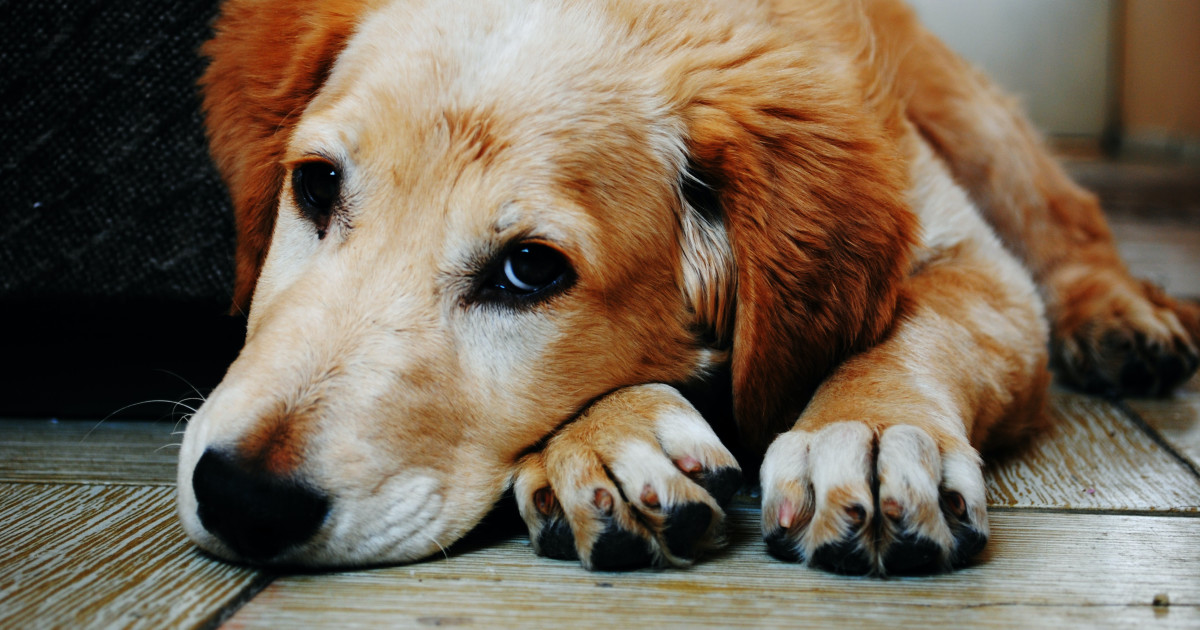
Credit: pethelpful.com
Legal And Ethical Considerations
Dealing with the loss of a beloved dog involves more than just emotional grief. Vets must navigate a complex set of legal and ethical responsibilities to ensure that everything is handled properly and respectfully. Understanding these considerations helps you know what to expect and how your pet’s final moments are managed with care and professionalism.
Handling Medical Records
Your dog’s medical records are confidential and protected by law. After your dog passes, the veterinarian must manage these records carefully, ensuring they are stored securely or transferred only with your permission.
These records might include details about your dog’s health, treatment history, and cause of death. You have the right to request copies, which can be important if you plan to seek cremation or burial services.
Have you ever wondered who else might need access to this information? Vets must balance privacy laws with the need to provide accurate documentation for legal or regulatory purposes.
Respecting Owner Wishes
Every pet owner has unique wishes for their dog’s remains, and vets take these preferences seriously. Whether you want a private cremation, burial, or donation for research, the vet’s role is to follow your instructions as closely as possible.
Sometimes, owners feel overwhelmed and may not have clear plans. Vets often offer guidance but never make decisions without your consent. This respect builds trust during a difficult time.
Have you communicated your wishes clearly to your vet? Being open about your preferences can prevent misunderstandings and ensure your dog’s final care aligns with your values.
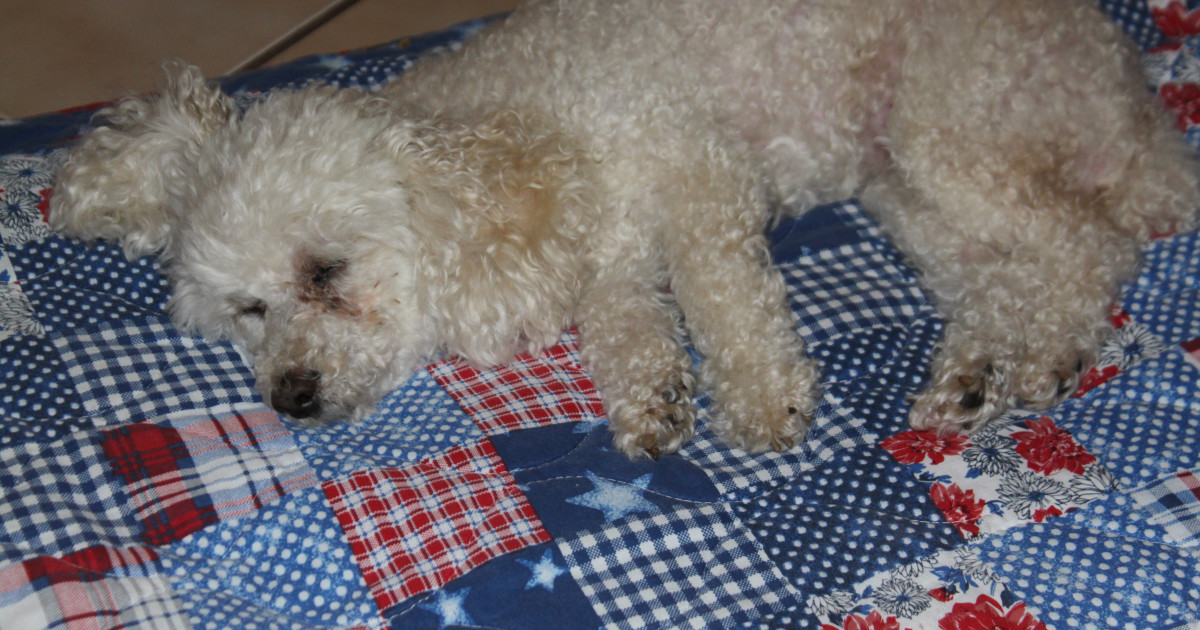
Credit: pethelpful.com
Frequently Asked Questions
What Does A Vet Do With A Dead Dog?
A vet typically confirms death and offers options like cremation or burial. They may handle remains professionally or guide owners on next steps.
Can Vets Perform Euthanasia On Terminal Dogs?
Yes, vets can humanely euthanize suffering dogs to prevent pain. They ensure the process is peaceful and ethical.
How Do Vets Handle Dead Pets Ethically?
Vets follow legal and ethical guidelines for handling remains. They respect pet owners’ wishes and ensure proper disposal.
Is Pet Cremation Available Through Veterinarians?
Many vets provide or arrange cremation services. Owners can choose private or communal cremation based on preference and cost.
Conclusion
The vet handles your dog’s remains with care and respect. They may offer options like cremation or burial. Some vets provide memorial services for closure and comfort. You can ask questions about what happens next. Knowing these steps helps you prepare during a hard time.
Trust the vet to support you and honor your pet. The process aims to bring peace to grieving families. Remember, your pet’s dignity is their priority always.

